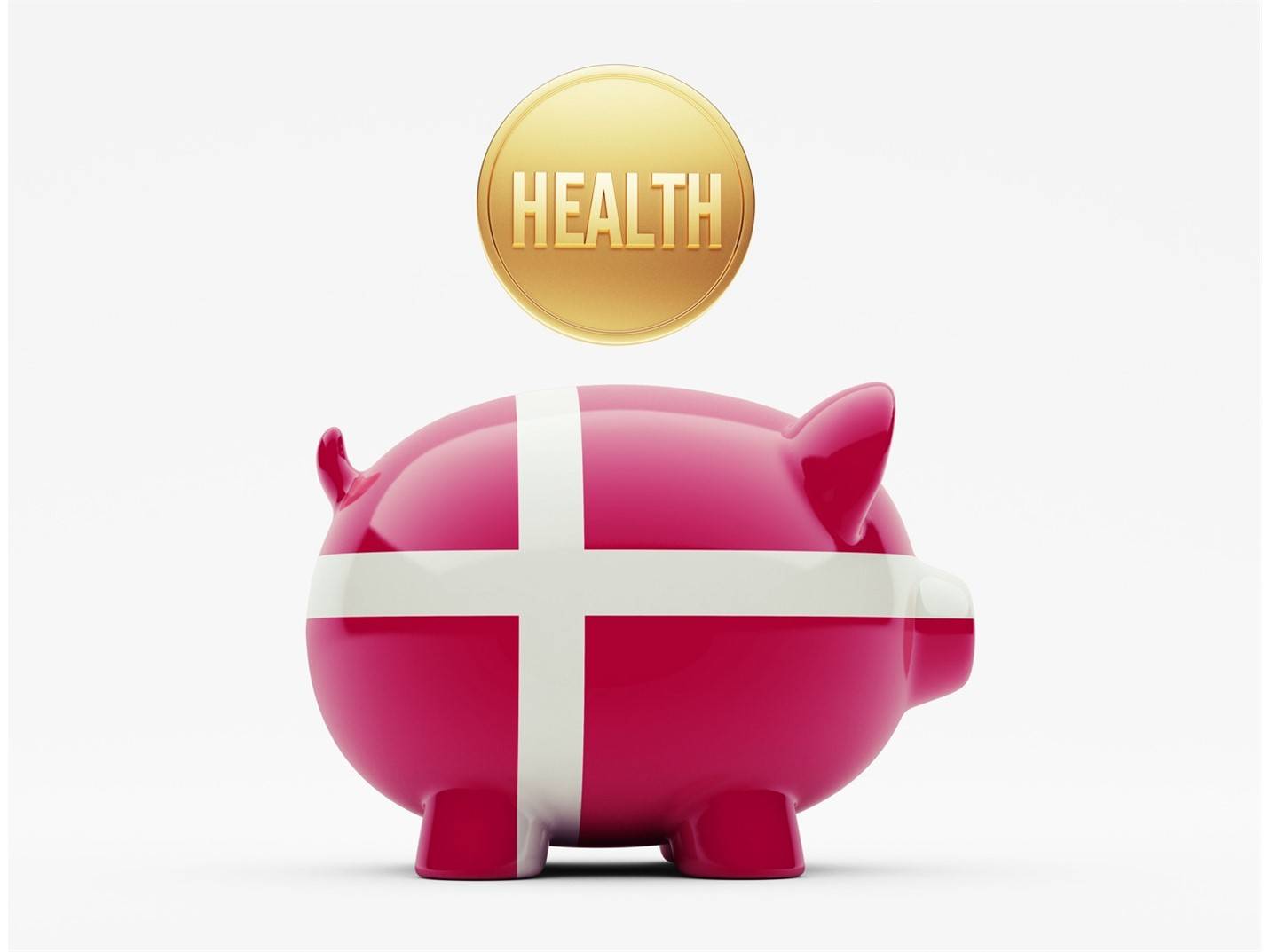Has mandatory HTA improved access to new medicine in Denmark? Learnings from the first 5 years with the Danish Medicines Council
By AmerisourceBergen
Updated: September 23, 2022



Introduction
In 2017, the DMC was established in Denmark. The intent was to assess new medicines and decide if they should be recommended as standard treatment. Prior to the DMC, a political discussion about whether economic evaluation should be introduced as a prioritization tool in Denmark had been ongoing for several years. The justification for establishing DMC was a recurring budget overrun for hospital medicine for several years.
Before the establishment of DMC, the average time from European Medicines Agency (EMA) approval to first commercial use of a new medicine in Danish hospitals was only 106 days. In 2021, the average time from EMA approval to first commercial use, with cost-effectiveness assessed by DMC, had more than tripled to 321 days. What does this mean for companies developing new medicines for patients in need?
Background
In 2017, the Danish Regions—those responsible for providing public healthcare in Denmark on behalf of government—established the DMC, with the goal of providing guidance about new medicines for use in the Danish hospital sector.
Setting priorities in healthcare has been discussed by healthcare professionals, administrators, and politicians in Denmark for more than 30 years. Pros and cons have been discussed, at times quite loudly. This discussion has been reported regularly in the media with interesting headlines, creating a reluctance to set up a transparent and nationwide prioritizing process in healthcare.
In 2016, the time was right to do something new, as for many years it had been increasingly impossible to balance affordability with demands on the healthcare system. After the DMC was established, the Regions determined the purpose of the council was to:
- Ensure rapid use of new medicines across hospitals and Regions,
- Ensure that new medicines to be used in hospitals were proven to be effective for patients,
- Ensure homogeneous use of new and existing medicines across hospitals and Regions,
- Impose stringent requirements for documentation of the effectiveness of medicines during the assessment process, and
- Ensure a stronger basis for net price negotiations prior to recommendation.
While the DMC was developed and launched by the Regions, the government produced an important white paper outlining its general scope and a framework of 7 principles for prioritizing healthcare in Denmark. Based on this, the Danish Parliament gave their approval for establishing the DMC.
The 7 principles for evaluating medicinal products are as follows:
- Professionalism: A thorough and systematic assessment of therapeutic benefit for patients must be carried out and documented, based on the appropriate professional expertise.
- Independence: Based on objective criteria and professional assessments, so that healthcare decision making is at “arm’s length” from the political level.
- Geographical equality: Uniform introduction and use of medicinal products across the entire country, with clear guidance on how to handle cases where medicines are rejected for use as standard treatment.
- Transparency: Openness about processes, methods, criteria, and the material prepared, so the basis and reasons for choosing or opting out of new medicines is clear. The openness also aims to facilitate a public debate.
- Rapid introduction of new, effective medicines: Denmark must continue to be one of the countries that most quickly adopts new medicines where there is a documented additional effect so patients benefit from therapeutic advances.
- Value for money: If a new drug is to be standard treatment, there must be a reasonable relationship between the price of the new drug and its added value compared to existing standard treatment.
- Access to treatment: Equal access must be ensured for both large and small patient groups and patients’ individual needs must be considered.
When DMC was first established, it was (for political reasons) out of scope to assess new medicine based on economic evaluation where the quality-adjusted life-year (QALY) measurement is used. As an alternative, the Regions determined the level of “added medical value,” (inspired by France and Germany), defined with 5 categories below:
- High added value
- Important added value
- Little added value
- No added value
- No demonstratable added value
Evaluation and changes after 2 years
After 2 years, the DMC was evaluated to determine whether it lived up to its superior objectives and the political framework set for DMC recommendations, to reveal areas for potential improvement, and to evaluate whether the resources allocated to the DMC work were used appropriately.
The evaluation was published in April 2019 and some of the conclusions on important findings are listed below:
- Referring to principle 6, value for money: It was concluded that the DMC process resulted in a better framework for negotiating net prices with pharma companies.
- Referring to principle 5, rapid access to new medicine: The DMC had a target of making a decision for recommendation within 12 weeks from the application. This target was not quite met, and it was concluded that the DMC had a very high workload causing delays in the processing of work tasks and decision making.
- Referring to principle 4, transparency: While there was transparency regarding methods, processes, and documentation, there was limited transparency regarding the reasons for the Council’s decisions.
Regarding the lack of transparency, it was concluded that DMC did not analytically link information about a medicine’s effect and costs. This was only touched on at the final stage, where the council makes a qualitative assessment of a reasonable ratio between effect and cost. Consequently, it was recommended that the DMC should move from the old paradigm with 5 categories of added value to the new paradigm measuring outcomes in QALY.
Since the beginning of 2021, DMC has evaluated new medicines using QALY, although there is no official threshold in Denmark for an acceptable cost per QALY gained. While this may arguably increase transparency of decision making, only a few products have been reviewed through the revised assessment process, and it is too early to establish the full implications of moving to a QALY methodology.
Following the adoption of QALY methodology, the DMC increased the maximum target case processing time from 12 weeks to 16 weeks before a recommendation should be made. In reality, the average time from EMA approval to decision in DMC is 321 days, which is almost 46 weeks, neither fast nor slow in a European comparison.
Learnings from the last 5 years
Since the establishment of the DMC in 2017, 185 products/new indications have been evaluated. Of these:
- 96 products were recommended,
- 32 products were partly recommended, and
- 57 products were not recommended.
In Denmark, compliance with DMC recommendations is quite high. This means if a product receives a negative recommendation, it will hardly get any uptake or market share.
To ensure a good, positive outcome for an application, it’s important to understand the specific requirements and how to interact with the DMC before and during the process. It is important for companies developing new medicine to seriously consider the quality of clinical documentation (quality of study design, etc), how the product is positioned in the reimbursement application (similar to trial design), and the value communication (cost-effectiveness, budget impact, and product price).
Companies must also understand the specific requirements from the DMC before starting the reimbursement application, keep an open and transparent communication with the DMC, address DMC questions and requirements, and finally, monitor the application and reimbursement process carefully. Whenever the DMC responds to an application with additional questions or requests, it is important to address them quickly to avoid delays in the evaluation.
However, companies must accept the role of the DMC as a reimbursement body that must follow rules and regulations as set out in the 7 principles. The DMC strives to balance seemingly contradictory objectives: to secure market access for innovative medicine at a perceived fair price, while ensuring providing public healthcare in Denmark at an affordable cost.
In other words, it is still worth the wait to launch new products in Denmark despite the delays from EMA approval to launch that go hand in hand with DMC assessment since entrance of new innovative medicines will benefit patients in need. At the end of the day, we all work in healthcare to provide better health and care for all the patients of today and tomorrow at an affordable cost for society.
Sources
- Danish Medicines Council. https://medicinraadet.dk/om-os/in-english
- Danish Medicines Council. The Danish Medicines Council methods guide for assessing new pharmaceuticals. https://medicinraadet.dk/media/wq0dxny2/the_danish_medicines_council_methods_guide_for_assessing_new_pharmaceuticals_version_1-2_adlegacy.pdf
- The Danish Association of the Pharmaceutical Industry (Lif). Latest news regarding Danish Medicines Council. Published June 24, 2022. https://www.lif.dk/seneste-nyt-om-medicinraadet-juni-2022/
- The Danish Association of the Pharmaceutical Industry (Lif). Latest news regarding Danish Medicines Council. Published April 22, 2022. https://www.lif.dk/seneste-nyt-om-medicinraadet-april-2022/
- The Danish Association of the Pharmaceutical Industry (Lif). The waiting time for new medicines is increasing. Published December 2, 2021. https://www.lif.dk/ventetiden-paa-ny-medicin-skrider/
- Danish Parliament, Ministry of Health. White paper for prioritization of hospital medicines. March 31, 2016. https://www.regioner.dk/media/4119/folketingets-7-principper-for-prioritering-af-sygehuslaegemidler.pdf
- Evaluation of Danish Medicines Council, April 2019. Prepared by Oxford Research, on behalf of Danish Regions. https://www.regioner.dk/media/11388/evaluering-af-medicinraad_final_120419.pdf




